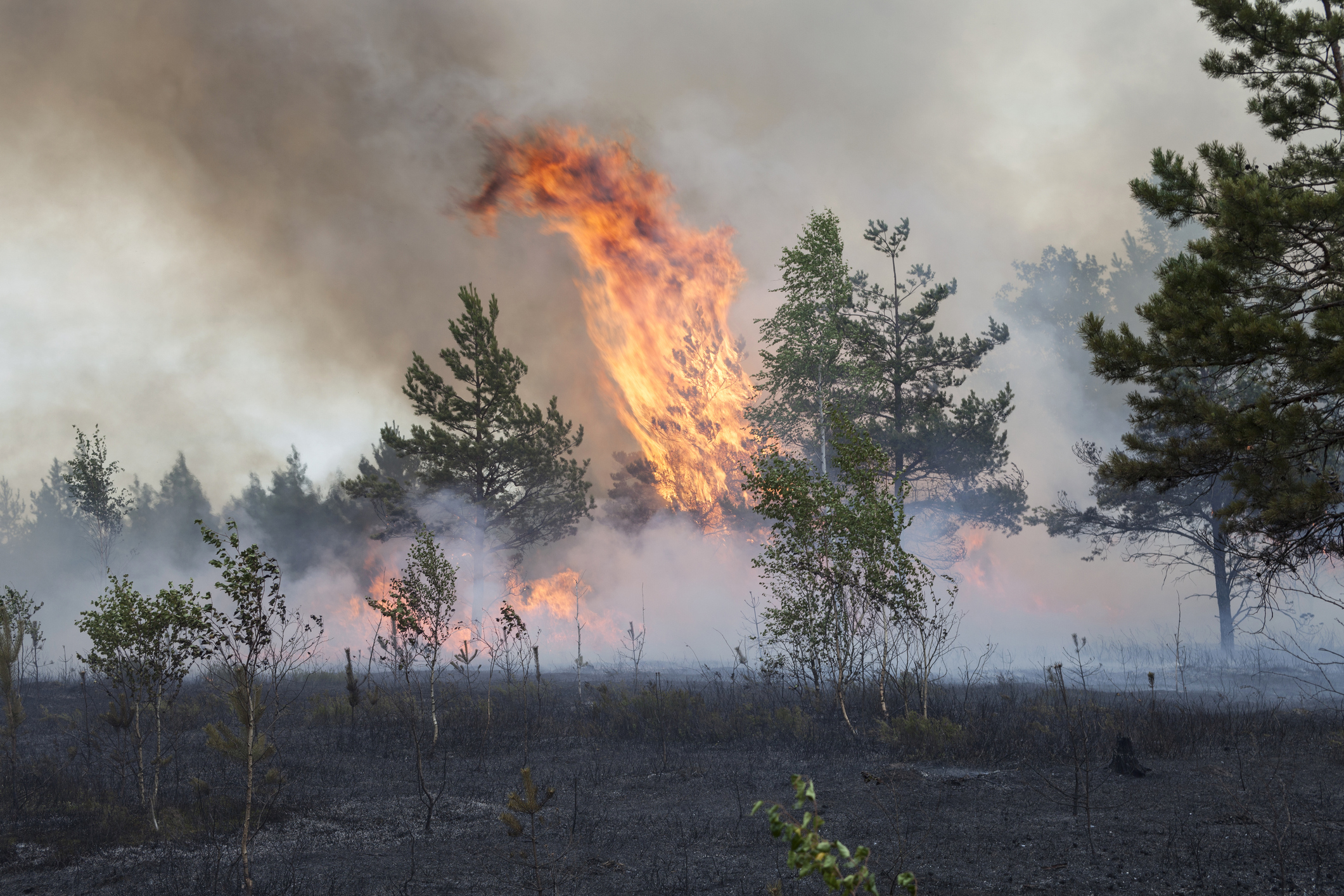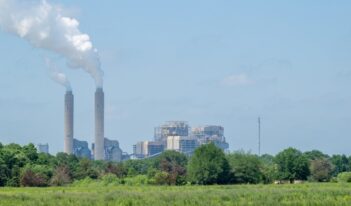
Researchers argue for new regulatory treatment of wildfires to improve air quality and public health.
Fire!
We are accustomed to approaching wildfires with great caution, and for good reason: wildfires can threaten human safety, destroy property, and dirty the air. Because of these risks, the default approach to managing wildfires is to suppress them, and air regulators oftentimes factor wildfires’ impacts on air quality into their regulatory decisions. But do these policies fail to place adequate weight on the documented benefits of wildfires?
Some scholars believe they do, and suggest that we change our approach to air regulation. In a recent article, researchers Donald Schweizer and Ricardo Cisneros of the University of California, Merced argue that the current approach to wildfire management in the United States may not maximize long-term human health and air quality.
According to Schweizer and Cisneros, current environmental laws lead air and land regulators to suppress wildfires to the point where future fires may be more extreme, both in the immediate danger they pose to nearby residents and in the future danger they pose through the dispersal of harmful pollutants into the atmosphere.
Through the Clean Air Act, Congress has tasked the U.S. Environmental Protection Agency (EPA) with protecting human health and the environment. The law calls for EPA to create and enforce national air quality standards for six air pollutants that states must follow. If pollution levels exceed these standards, states must take action to improve air quality, which typically includes more stringent regulation of businesses within their borders.
EPA primarily addresses wildfire emissions through its specific standards for air pollutants. Although the Clean Air Act does not require states to reduce emissions from what it calls “background sources” like wildfires, wildfire emissions nevertheless factor into the air quality standards states are tasked with maintaining.
In addition, states have a harder time meeting air quality standards when wildfires erupt because smoke emissions increase concentrations of some of the pollutants covered under federal law, most notably particulate matter and ozone. Fires that burn for longer durations cause greater amounts of pollution to escape into the atmosphere, thus encouraging regulators to promote extinguishing fires as quickly as possible. By putting out fires shortly after they begin, states can minimize the amount of pollution that escapes into the air so that they will not exceed air quality standards.
Although wildfires can present substantial dangers, Schweizer and Cisneros claim that this inclination to support fire suppression is problematic from a long-term perspective. They argue that letting wildfires burn can yield important benefits, especially when fires occur in remote areas and pose little or no threat to people. These benefits are foregone when fires are extinguished shortly after they naturally begin, according to Schweizer and Cisneros.
Specifically, Schweizer and Cisneros point to research highlighting the intertwined ecological and health benefits from natural wildfires. Wildfires, they assert, are essential not only for healthy forest ecosystems, but also, perhaps surprisingly, for long-term air quality.
For example, when small fires are suppressed, many weak trees and debris remain on the forest floor and accumulate over time. The buildup of this biomass may lead to larger fires that have the potential to spread to dangerous levels that can destroy entire forests, threaten populated areas, and emit severe levels of air pollutants into the atmosphere.
The air quality risks from extreme fires are particularly significant, Schweizer and Cisneros suggest, because widespread wildfires may produce more air pollution than combined emissions from shorter, more controllable fires. Because of the potential for catastrophic wildfire events that could wreak human and environmental devastation, Schweizer and Cisneros insist that current federal policies governing air pollution need to change.
The current regulatory framework under the Clean Air Act works to discourage the practice of letting fires burn in remote areas, especially if those areas have air pollution levels that exceed the maximum permissible standard under EPA regulations. For instance, if regulators fear that wildfires are going to produce smoke that will worsen air quality and violate state or federal laws, they may favor short-term fire suppression at the expense of heightened long-term risks.
To address this problem, Schweizer and Cisneros advocate for two regulatory changes. First, they insist that the Clean Air Act and EPA regulations must reflect “tolerance for routine emissions” from wildfires by building some leeway into air quality standards to permit exceptions for wildfire events. Next, the authors contend that state and federal agencies should devote resources to studying key aspects of fires—namely size, intensity, and proximity to human populations—to develop a smarter approach to determining a safe way to let natural wildfires burn, even if they temporarily inhibit air quality.
On the other hand, some may respond to these claims by pointing to EPA’s Exceptional Events Rule, which permits the EPA Administrator to factor “exceptional events” into calculations to determine whether a state or region meets air quality standards. Exceptional events include prescribed fires and high dust winds, but they require a regulator to show that the event was not able to be reasonably controlled, and that steps will be taken to mitigate public health impacts.
Schweizer and Cisneros acknowledge that the Exceptional Events Rule might allow for more burning, but they claim it has not been consistently applied and is not by itself an adequate solution to the issue at hand. In addition, the Exceptional Events Rule does not appear to permit exceptions for natural wildfires that can be easily controlled, so a broader regulatory exception may be needed to achieve the authors’ goal of improving wildfire management to prioritize long-term human well being and environmental health.
By discussing the potential benefits of a more lenient fire suppression policy, Schweizer and Cisneros show that regulators may be able to better protect both the public and the environment by sometimes resisting the urge to immediately dispel fires.



